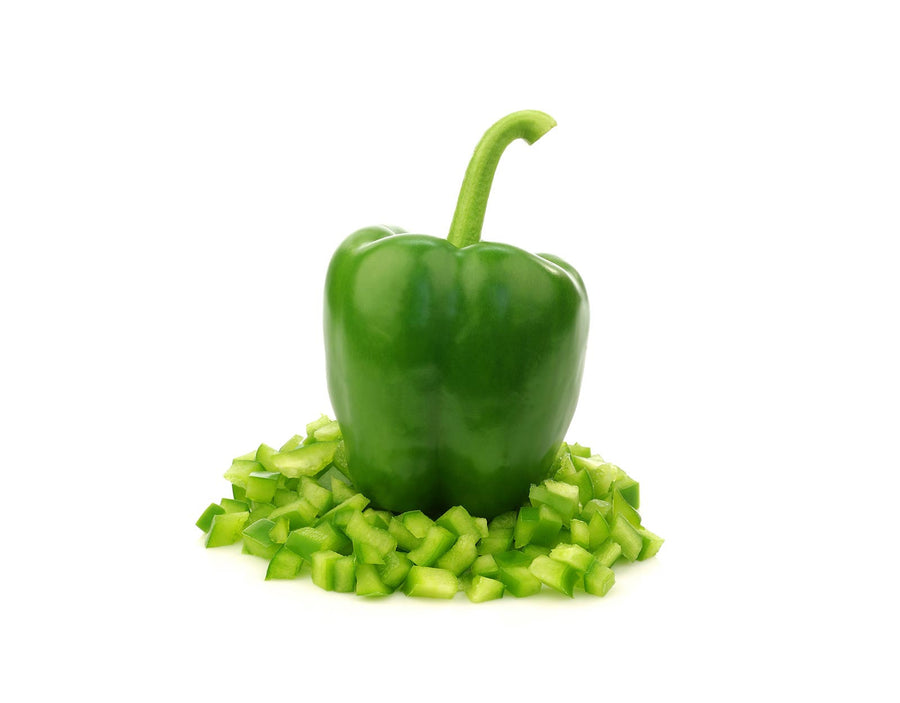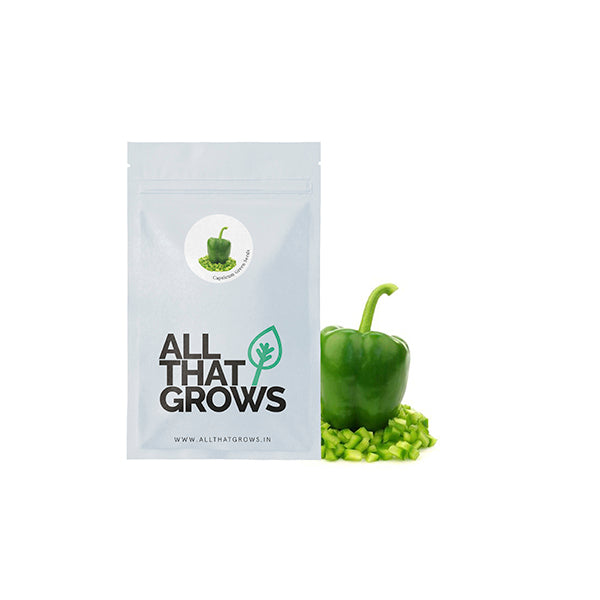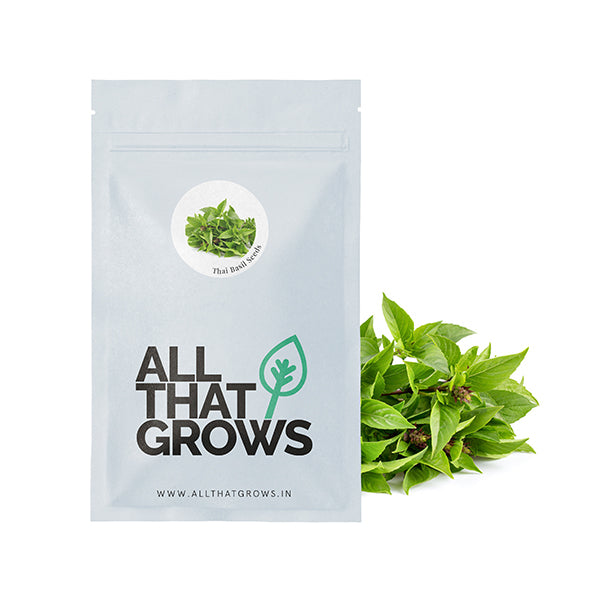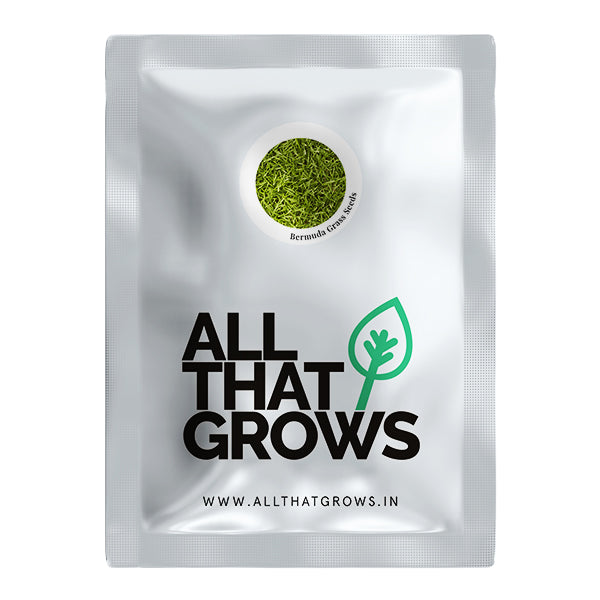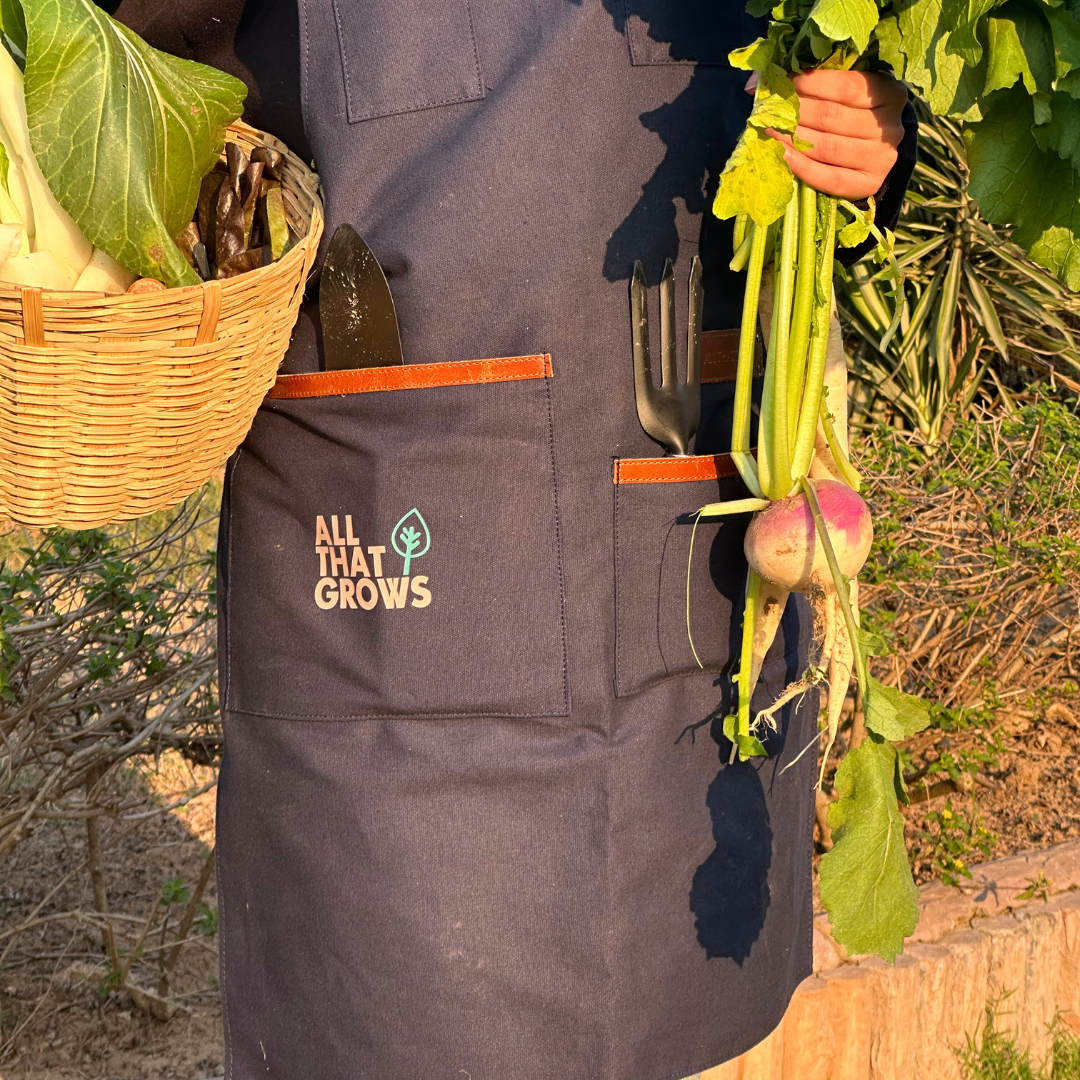- Details
- How to sow
- Reviews
The origin of the capsicum is known to be the Americas. However, the vegetable is now widely available in almost all parts of the world. It is now one of the main ingredients of many cuisines such as South Asian, European, Mediterranean and of course - Mexican. Native to the Americas, Mexico, Central America, and South America, the capsicum has been named after the Latin word, capsa, meaning case. It's a highly flavorful vegetable with variants in red and yellow colors. The vegetable is also known to have medicinal value and formed a primary food ingredient in the Americas. The capsicum belongs to the genus of flowering plants in the nightshade family Solanaceae. Capsicum is very rich in nutrients and contains good amount of Vitamin A and C. Along with essential nutrients, it also provides a healthy dosage of proteins, plant fats, and carotenoids. It also contains provitamins such as B1, B2, and B3, P, and E. Traditionally, the capsicum has been used to keep cholesterol in check and treating indigestion. Regular consumption of the vegetable is also advised to those suffering from diabetes. At All That Grows, we offer pure, non-GMO seeds of capsicum that you can easily grow in your kitchen gardens! So start today and add this healthy vegetable to your gardens.
Planting instructions
Start planting seeds indoors, 8-10 weeks before winter ends. Keep them warm for germination.
Plant three capsicum seeds in one pot, and thin out the weakest seedling. Let the remaining two seeds grow as one plant so that the peppers remain protected from excessive sunlight.
A week before transplanting, introduce fertilizer or aged compost to the garden soil.
Transplant seedlings outdoors, 18 to 24 inches apart (but keep paired plants in close proximity)
Put two or three match sticks in the hollow with each plant, along with almost a teaspoon of fertilizer. The matchsticks provide sulfur to the plants.
Growing Requirements
watering
Water up to one to two litres per week as peppers are extremely heat sensitive.
pests
Most peppers are susceptible to these pests: Aphids, Flea Beetles, Cucumber, Mosaic Virus. Blossom-End Rot appears as a soft, sunken area which turns darker in color. Symptoms include marginal foliar burning, yellowing and browning of leaves, browning of roots and no growth or development of black sooty mould, which can occur on the undersides of leaves.
soil
Peppers grow best in loamy soil with a pH ranging between 6.2 and 7.0. Although, they can tolerate slightly alkaline conditions near 7.5
spot
Capsicum grows well in the sun, so find a sunny spot to plant capsicum.
temperature
Soil should be at least 18 degree C (65 degrees F), peppers will not survive transplanting at temperatures lower than this.
how to harvest
Harvest as soon as peppers reach their full size.
The longer bell peppers stay on the plant, the more sweet they get and the greater is their Vitamin C content.
Use a sharp knife or scissors to cut peppers and clean them before consuming.
Peppers can be refrigerated in plastic bags for up to 10 days after harvesting.

The productiveness of any seed we sell is subject to your local climatic conditions*, the sowing method you adopt, and your commitment to the planting process. We give no warranty, expressed or implied, and are in no way responsible for the produce.
Please note that all our seasonal recommendations/ sowing information is as per the local climatic conditions. *For more information on the optimum conditions required for growing seeds in your region, please contact us at, hello@allthatgrows.in or Whatsapp us at, +91 8544865077
Questions & Answers
Have a Question?
Be the first to ask a question about this.








